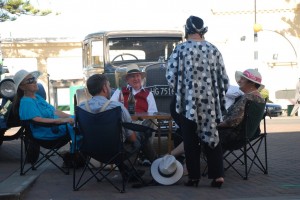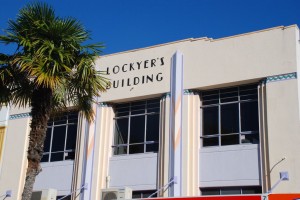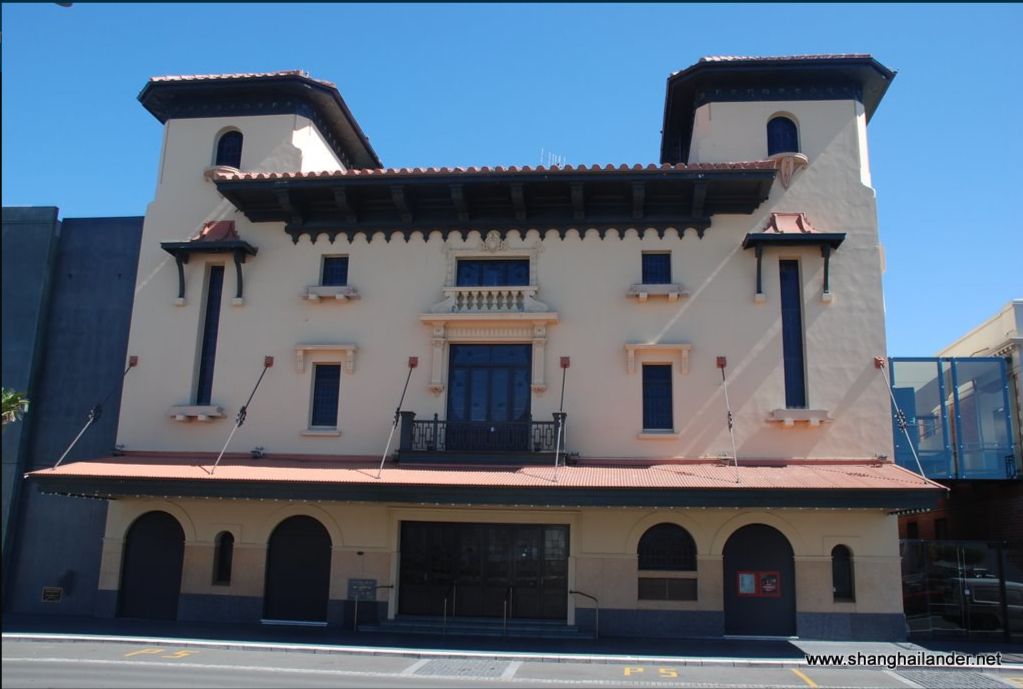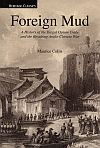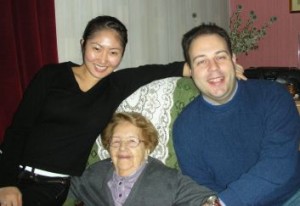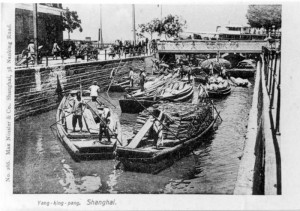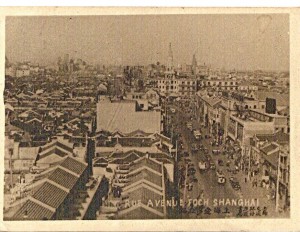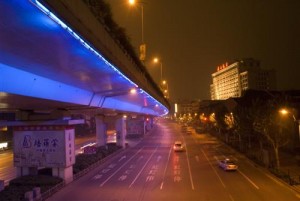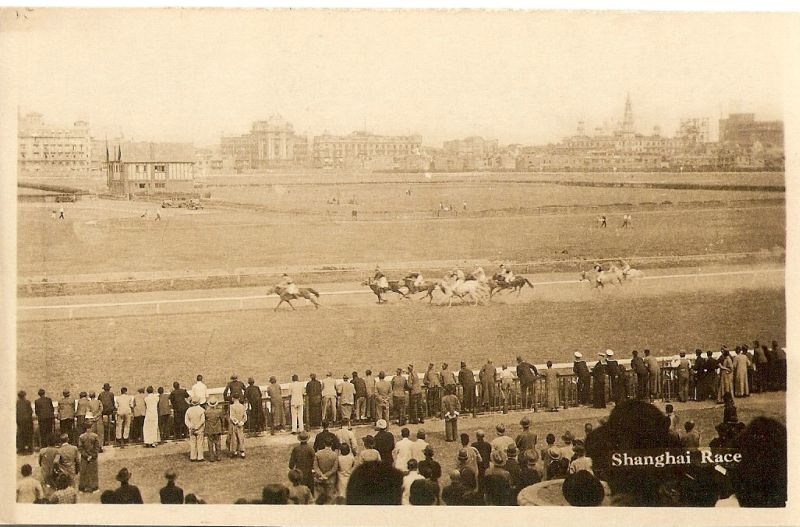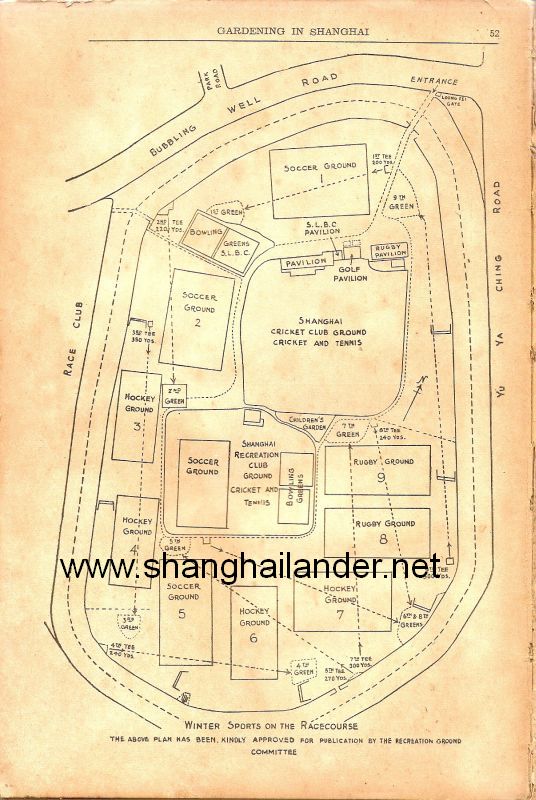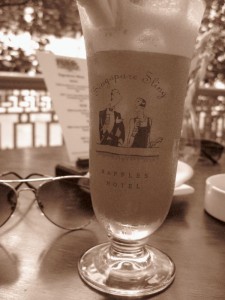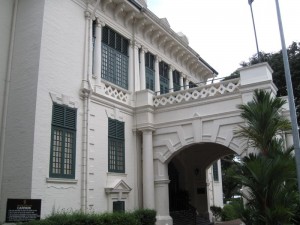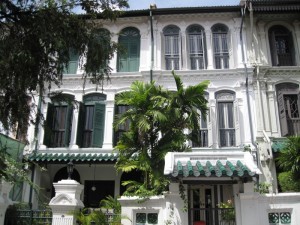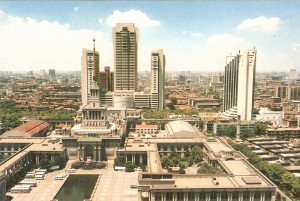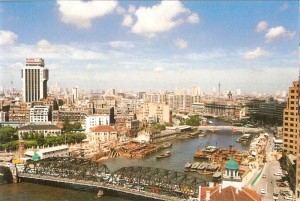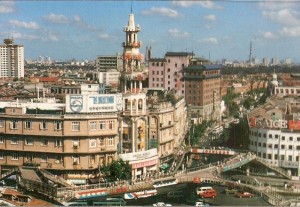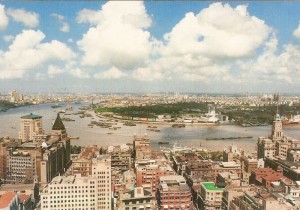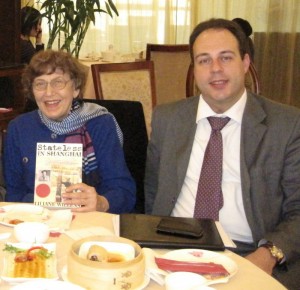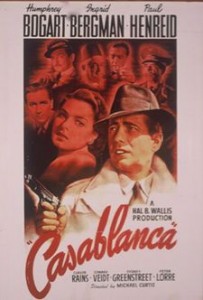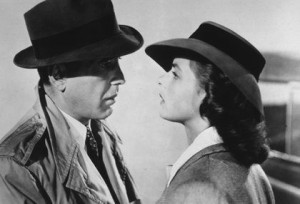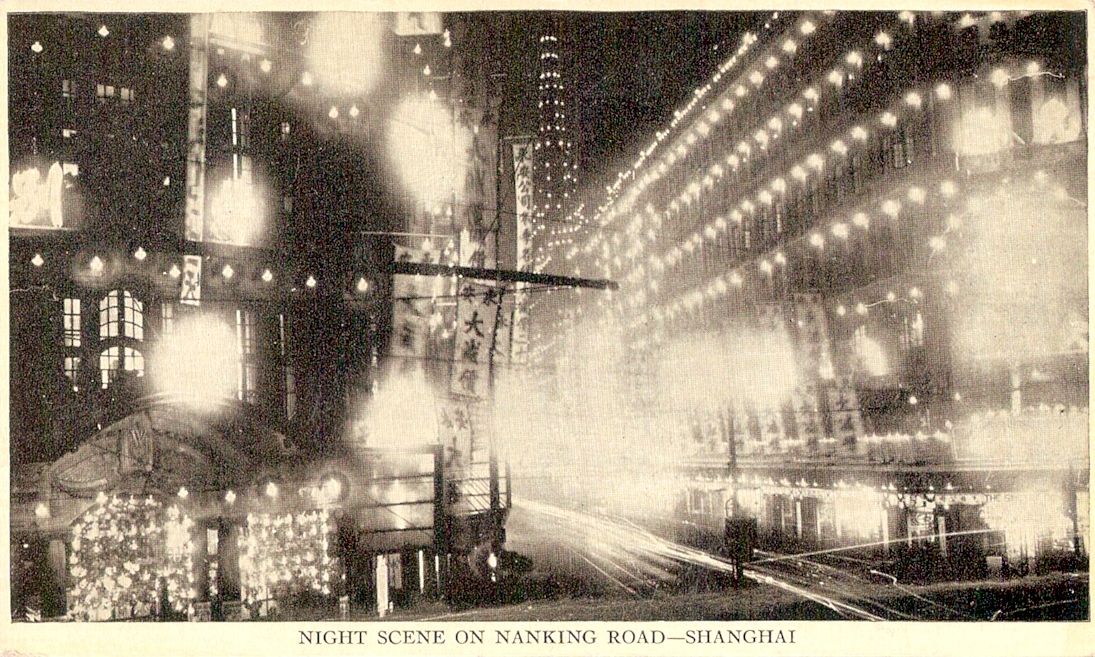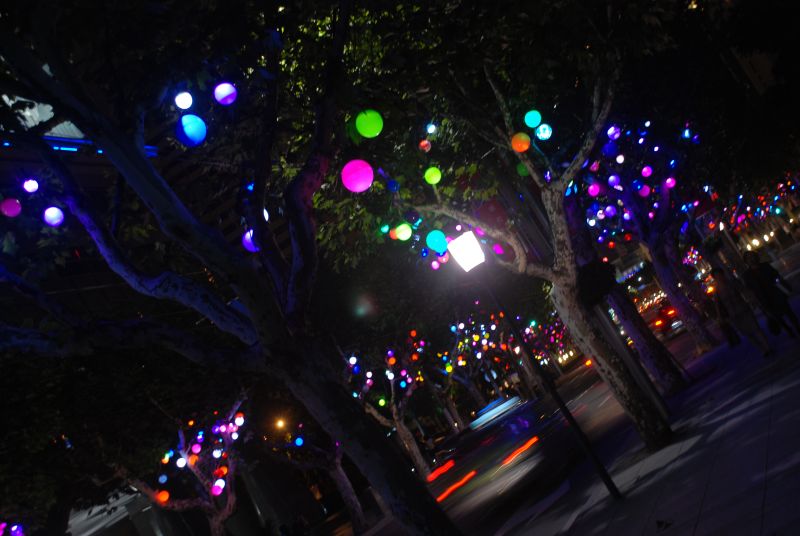My own discovery of Old Shanghai architecture is also about discovering art deco in other locations. After Miami Beach a few years ago, the next stop was a short trip to Napier in New Zealand. The whole area of Hawkes Bay, where Napier is located, was strucked by an earthquake in 1931 and fully rebuilt in the following years in Art Deco style. The city center of both Napier and Hastings are art deco wonders, well preserved and maintained.
Visiting Napier is very pleasant are most buildings are really well maintained, as well as being used a commercial buildings. One can see that building protection and rules for renovation are strictly followed, giving a real harmony to the city. Napier heritage has become a real asset to the city, attracting tourist the world over. Pictures in this post are only a few examples, follow this link for more pictures.
Napier inhabitants not only live in Art Deco Buildings, but they also live the Art Deco style… once a year. Napier Art Deco weekend has become a New Zealand institution, with enthusiast coming in from all over New Zealand… and further. For a few days, everybody dresses in 1920’s – 30’s cloths and collection cars of the period come from all over New Zealand.
We were lucky enough to be in Napier during the 2010 edition and it was a real time travel. Adding the people to city’s decor created the perfect illusion of time travel. We organized a Art Deco wedding in Shanghai last year (update: we also organised a Old Shanghai style party for my 40th birthday and few years later, see post “A true Old Shanghai Party“). This is a whole city turning into art deco for a few days. Bringing my 1930’s sidecar would have been a perfect addition to the scene. Napier Art Deco Festival is an event to remember and I recommend it to anybody traveling to New Zealand at this time of the year.
Interestingly, until the 1980’s nobody seem to have realized the potential of the architecture heritage as a tourism attraction. Using it really started only about 20 years with the establishment of the art deco trust. Heritage architecture that was viewed as worthless was turned into something really nice and money making. Hopefully something like is already starting with Shanghai Art Deco.
Update: Shanghai Art Deco has become known and recognised again since, in particular thanks to the 2015 World Congress on Art Deco that took place in Shanghai. First mostly attracting foreigners interest, Old Shanghai has also become popular with Shanghainese people as shown by events such as the Shanghai style fashion festival in 2021 and 2022.
The city next door to Napier, Hawkes bay was also destroyed by the same earthquake. It was rebuilt in a different style, also popular at the time including in Old Shanghai, Spanish Revival. Please see post “Spanish architecture in Old Shanghai” for more details.

